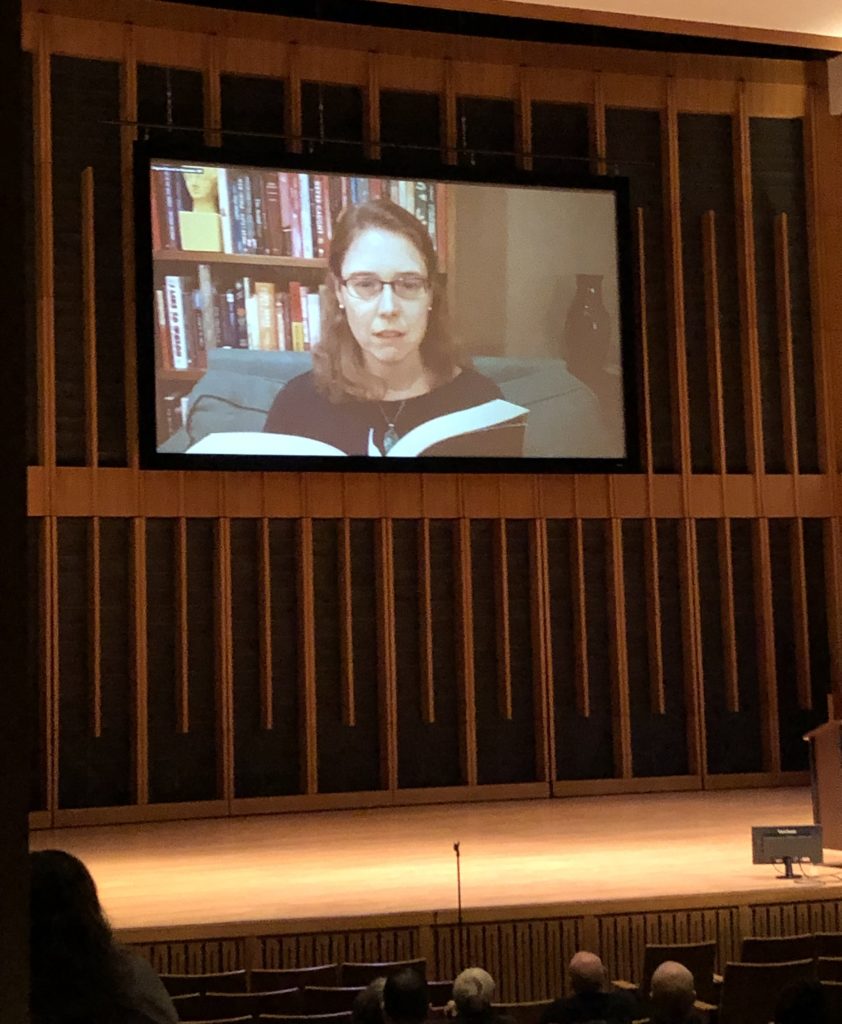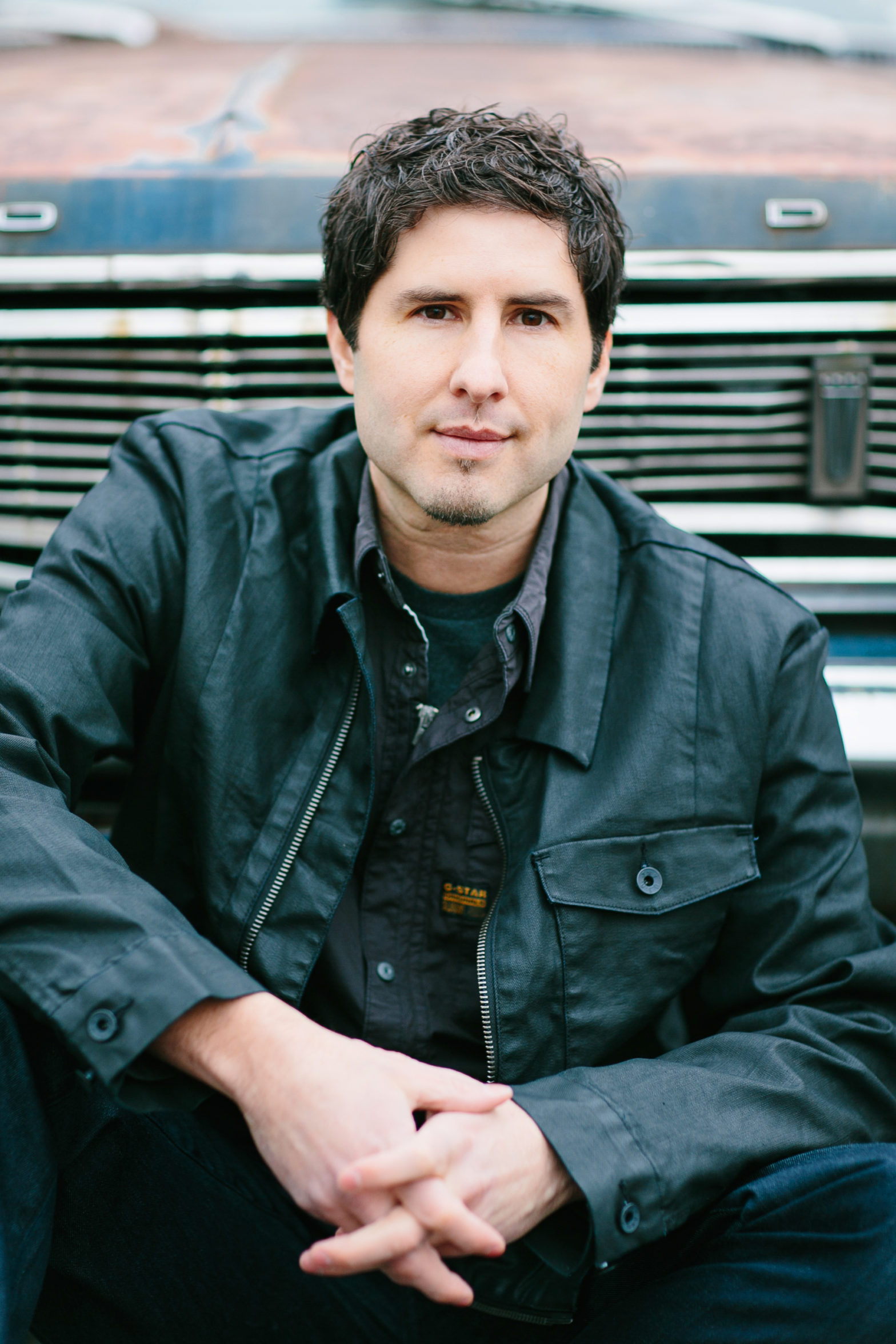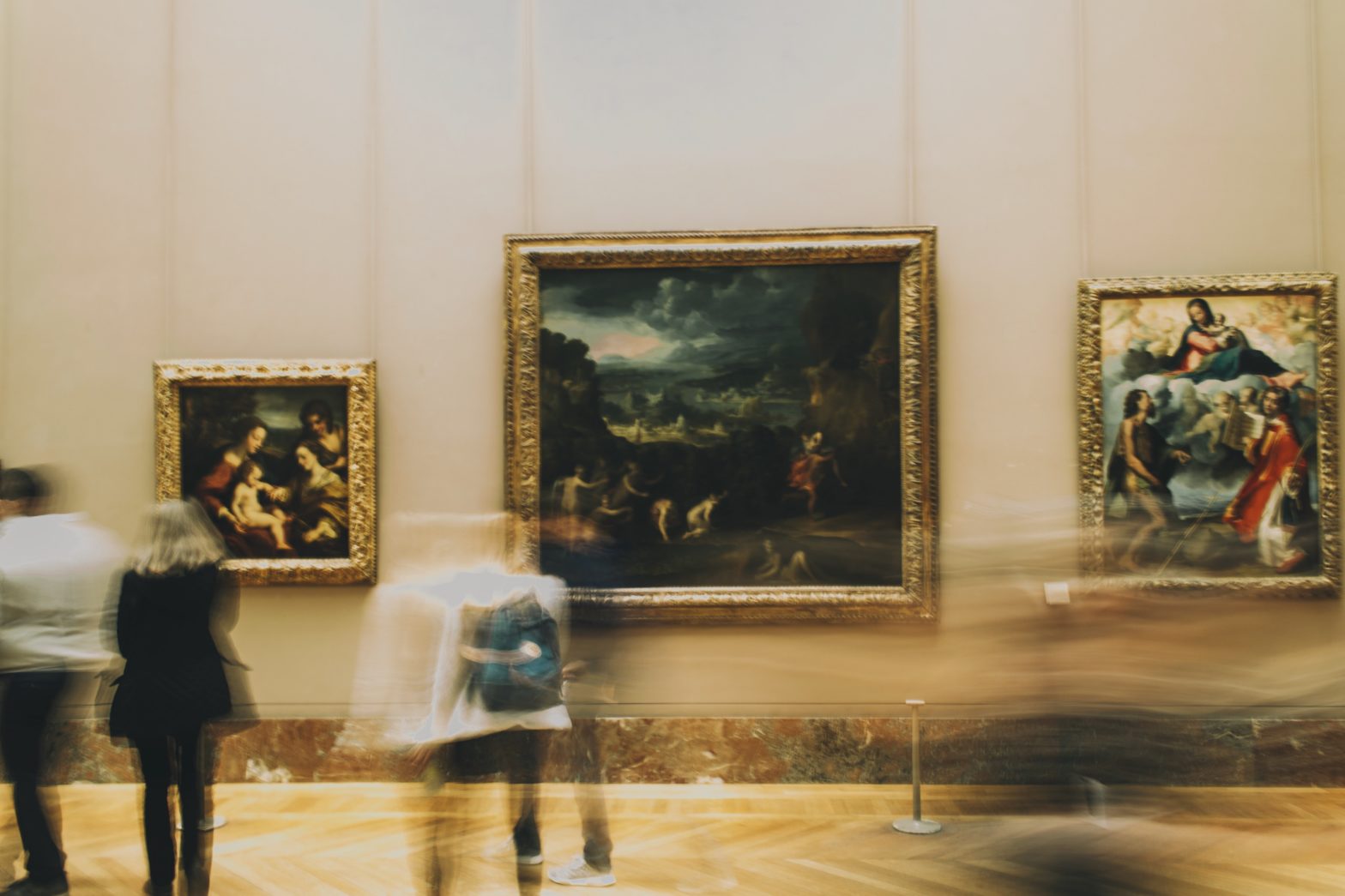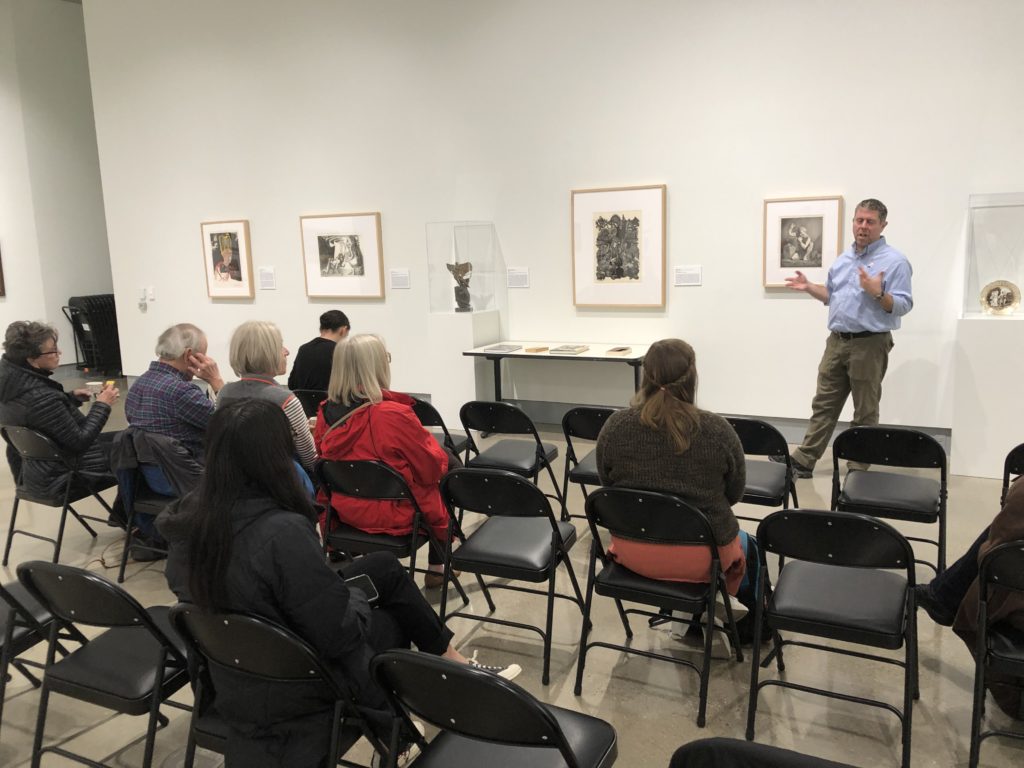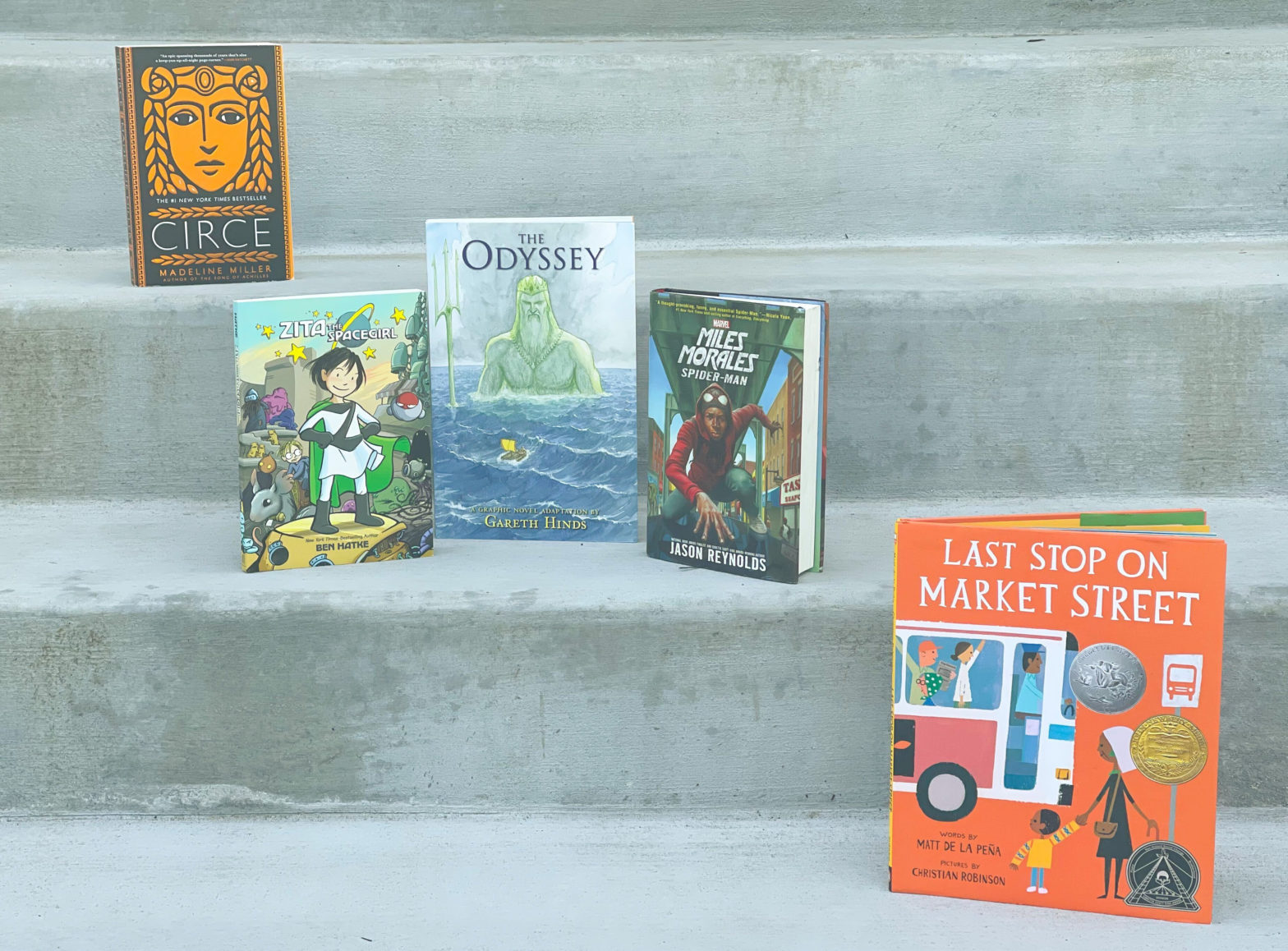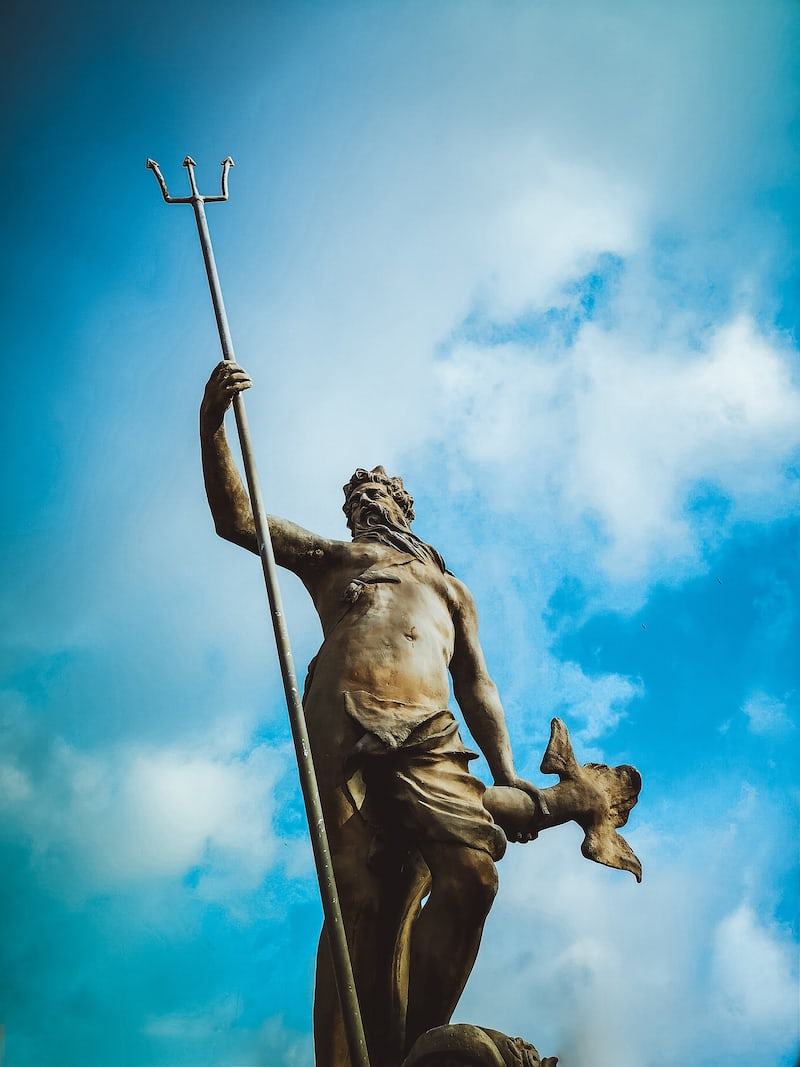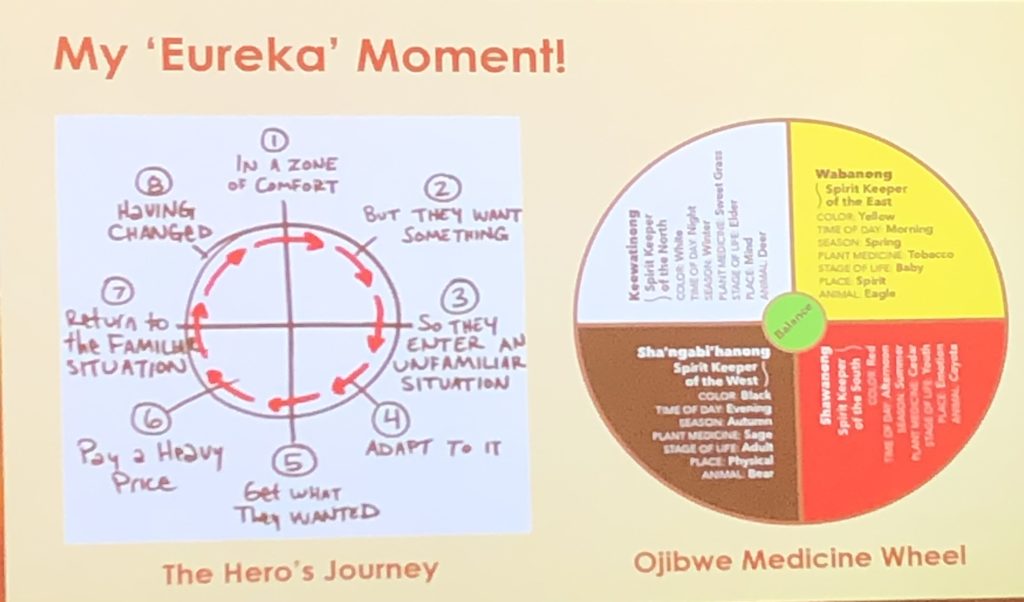It’s no secret the United States government system is based on Greek democracy; however, we need to ask the question, “is it a system worth copying?” To answer this, we need to examine both the pros and cons of the current and original democratic system.
The US government system is often described as a republic or indirect democracy; this means elected officials represent the people. In the Classical Age (480-338 BC), democracy became a firmly established form of government, Athens being the first of the Greek city-states to implement such a system. In Greece, the government was a direct democracy where the people, or demos, voted and participated in every aspect. The Athenian democracy was divided into four sections: assembly, council, magistrates, and law courts.
In the fifth century, the assembly, or Ekklesia, would meet forty times per year; ordinary citizens heard reports from magistrates and city officials on any civic matter. These meetings were open to any Athenian citizen, and any citizen could share his opinion. There were also multiple boards of magistrates to survey the civic affairs of a city. Before 487 BC, these magistrates were elected from the top two social classes, but after 487, candidates were submitted to be chosen by random selection. This allowed ordinary citizens, not just the aristocracy, to participate.
The council, or Boule, was comprised of 500 ordinary citizens, fifty men from each of the ten tribes. They were not elected, but rather appointed by lot. Each tribe would select their fifty representatives, called councilors, that would only serve for one year and then were out of the running for the next ten years, allowing almost every man to serve at least once in his lifetime. All of these non-elected positions truly represented the common man, not just the aristocracy like many systems before.
Considering the notions surrounding democracy today, many people think the Athenian and Greek democracies fully represented everyone perfectly. It did not. While important to acknowledge all the benefits of a democracy, especially a direct democracy, we also need to acknowledge the shortcomings.
One of the shortcomings is exclusion from the demos. Only a small percentage of the Athenian population were actual citizens: native-born free Athenian men over the age of twenty. This excludes a large portion of different groups of people, namely women and slaves. In modern society, we acknowledge that minority groups need to be represented in government to truly understand “the people” and their opinions. Not only were these groups not represented, but they were also marginalized. Women and slaves were viewed, and therefore treated, as inferior beings that only served a particular purpose, determined by the citizens (men).
The image of the unseen, silent, doting, and waiting wife comes from ancient Greece. Athenian women from citizen families were viewed as a way to continue the family legacy by producing legitimate heirs. Non-Athenian women were either prostitutes or concubines, and much like the wives, were defined by their relationship to men. Even the myth surrounding the creation of women reflects the male attitude towards the female race. Zeus creates women as a punishment from men because Prometheus gave them the gift of fire. Women, therefore, are man’s affliction.
A slave was a body, not a mind, and therefore could be punished and treated accordingly. Physical torture was permitted because slaves were viewed as less than human, and therefore could not rely on their intellect—they either had none or they forfeited it when they became a slave. This is the clearest reflection of the power dynamics in Athenian society.
In contrast to American slavery, the Greeks did not determine status on skin color but rather on Greek and non-Greek. This started towards the end of Persian Wars when the Greeks portrayed their enemy, the Persians, as weak in body, mind, and spirit, and this idea then spread to other cultures and peoples until “non-Greek” or “others” were viewed as inferior to the Greek male ideal.
The only reason we have the Greek legacy of high culture thought and reason is due to slavery. The majority of agricultural workers in Attica were slaves. Therefore, Greek men were able to engage in subjects such as philosophy, poetry, and other high culture pursuits because slaves were doing all the menial labor that would have distracted from such leisures.
Without a doubt, Ancient Athens and Greece provided a template for modern government, but we have to recognize it came at a price: the dignity and freedom of those subservient to citizens.




